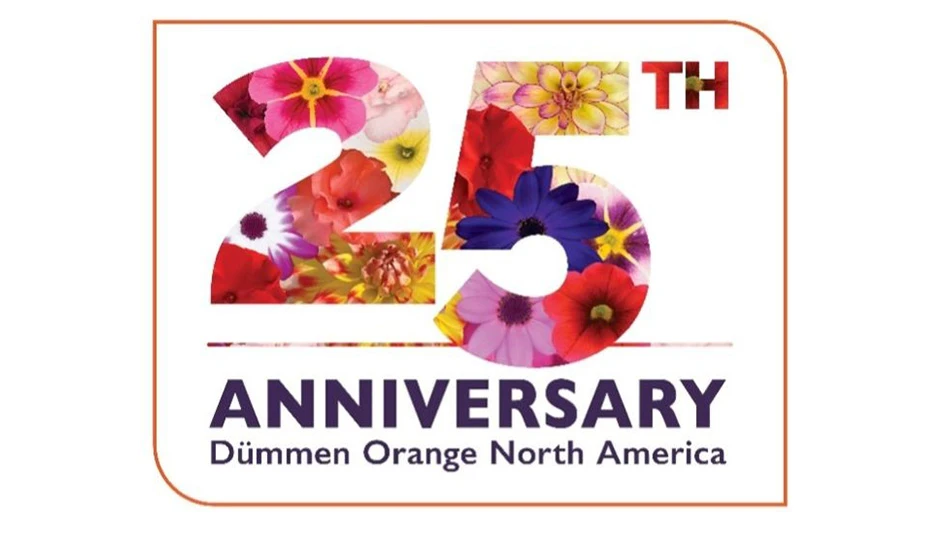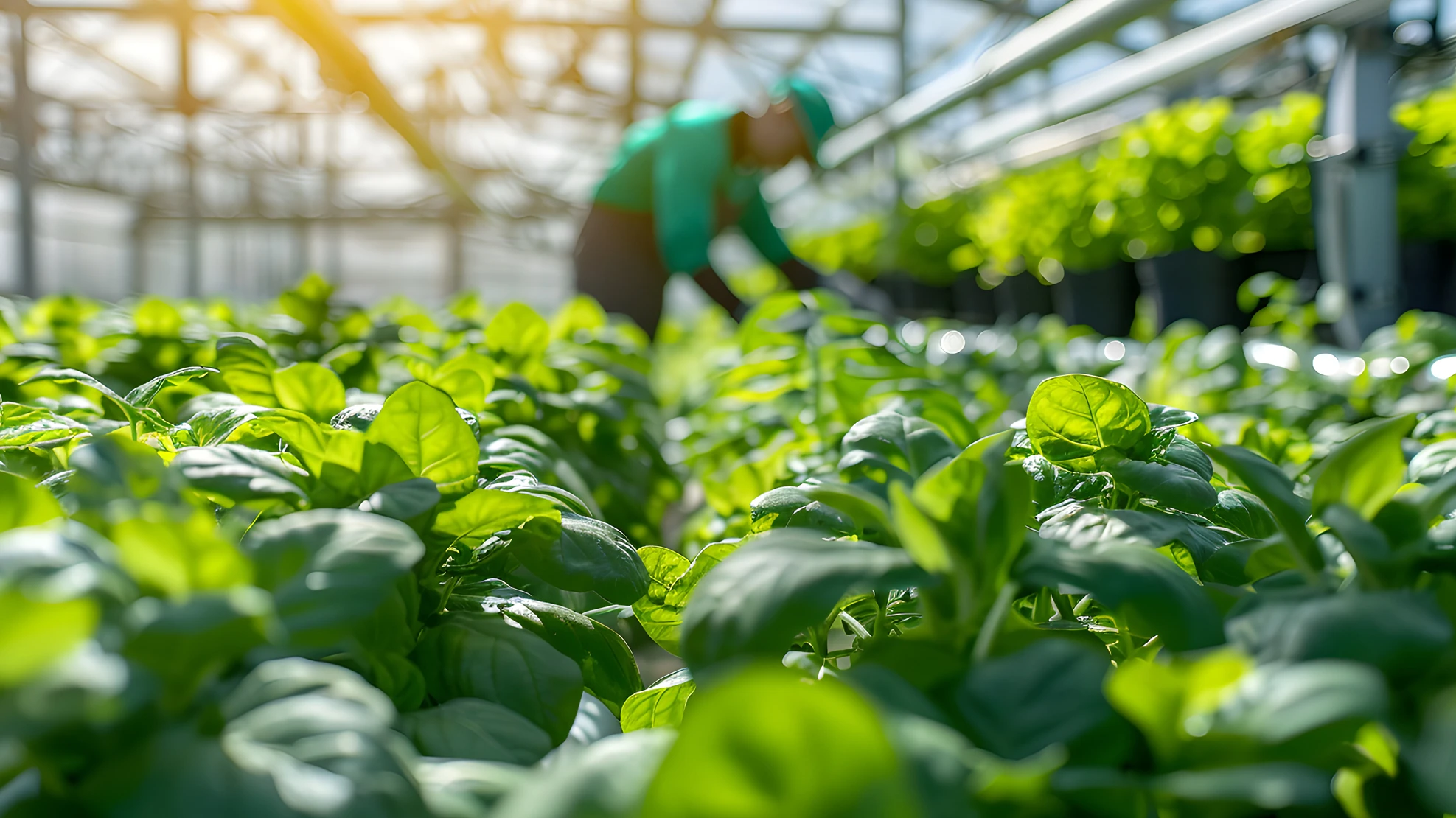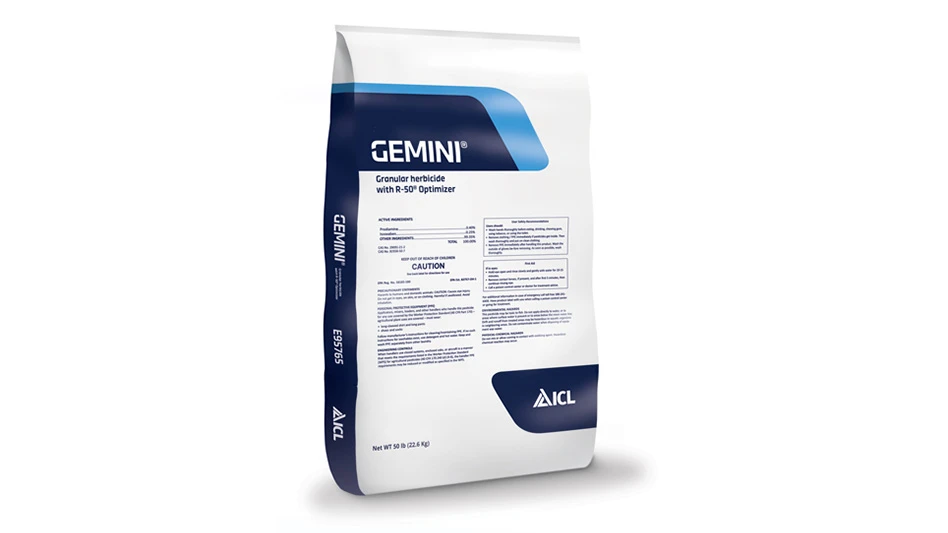
Image courtesy of the University of Bristol
The genes that first enabled plants to grow shoots and conquer the land have been identified by University of Bristol researchers. The findings, published in "Current Biology" explain how 450-million years ago a switch enabled plants to delay reproduction and grow shoots, leaves and buds.
Over the course of half a billion years of evolution, plants have evolved from tiny and simple ground-hugging forms into diverse and complex varieties that abound the earth today. An international research team from the Universities of Bristol (UK), Lyon (France) and Palacký (Czech Republic) has now discovered the secrets of shoot evolution.
The team discovered that the switch allowed plants to displace new cells downwards from the shoot tips, paving the way to plant diversification. Using cutting-edge developmental and genetic techniques, the team studied the swollen reproductive structures at the tips of the small stems of mosses. These plants, which represent a starting point for plant evolution, are raised upwards by new cells generated in the middle of the stem. Despite their different patterns of growth, similar genes are responsible for elongating the stems of mosses and plants with more elaborate shoots.
Contrary to prior work, the results demonstrate a nascent mechanism for shoot development as plants first emerged on land and suggest that a change in the timing and location of gene activity triggered the radiation of shooting forms.
"By comparing our new findings from a moss with previous findings, we can see that a pre-existing genetic network was remodeled to allow shoot systems to arise in plant evolution," Dr Jill Harrison, the study's lead author and senior lecturer from Bristol's School of Biological Sciences, says.
For more information about the University of Bristol research, click here.
Get curated news on YOUR industry.
Enter your email to receive our newsletters.
Latest from Greenhouse Management
- Flexible fungicides
- Super Charged Moon Juice from Moon Valley Nurseries now available nationally
- 2025 Proven Winners Horticulture Scholarship applications now open
- How to improve inventory and shipping management in the greenhouse
- Leading Women of Horticulture: Anna Ball, Ball Hort, and Terri McEnaney, Bailey Nurseries
- GM CEA HERB Part 2: A guide to increasing the sowing density of culinary herbs
- GM CEA HERB Part 1: Best practices for producing culinary herbs in controlled environments
- USDA fires experts on invasive pests, including Asian citrus psyllid, chilli thrips





